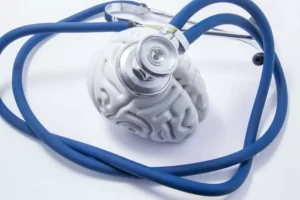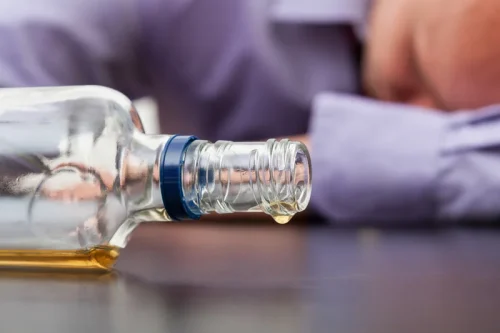
Soon after Anstine moved to Ohio in 2013, she started Ohio State’s Collegiate Recovery Community, including a dormitory with 28 beds for students in sobriety. She managed the program for four years, leading, supporting and connecting with students and telling her story. At age 61, body water decreases in both sexes—to 57 percent in men and 50 percent in women. Alcohol is legal in the United States and more accessible than other drugs. It can be found in homes and at family gatherings, barbecues, restaurants, nightclubs, movie theaters, and resorts, among many other places.
Concerns grow over gambling addiction in the military
Alcohol addiction is a psychological disease defined as one’s inability to control alcohol consumption. This umbrella term illustrates a form of high-risk drinking that typically includes excessive drinking, an intense alcohol craving, and continued alcohol use despite realizing how it interferes with your daily life. A common initial treatment option for someone with an alcohol addiction is an outpatient or inpatient rehabilitation program. An inpatient program can last anywhere from 30 days to a year. It can help someone handle withdrawal symptoms and emotional challenges.
What are the Types of drinkers?
- Recent research indicates that not only is alcohol abuse increasing in general, it has also seen a sharp rise since the COVID-19 pandemic with some reports showing an increase in alcohol purchases up by as much as 55%.
- If you think you or someone you care about has alcohol use disorder, here are some next steps you can take.
- For much of her adult life, Anstine has worked to bring others along with her to sobriety.
- Heavy drinkers typically have impaired liver function, and up to one in five develops cirrhosis.
- People who choose not to drink make that choice for the same reasons.
In fact, some research suggests that repeated return to drinking is influenced by systems in the brain that are not under conscious control. Using alcohol during adolescence (from preteens to mid-20s) may affect brain development, making it more likely that they will be diagnosed with AUD later in https://ecosoberhouse.com/article/alternatives-to-alcohol/ life. However, most people with AUD—no matter their age or the severity of their alcohol problems—can benefit from treatment with behavioral health therapies, medications, or both. Many people with alcohol use disorder hesitate to get treatment because they don’t recognize that they have a problem.
What is alcohol use disorder?
Friends and family members of people who have an alcohol addiction can benefit from professional support or by joining programs like Al-Anon. If you’re worried that someone you know has an alcohol addiction, it’s best to approach them in a supportive way. This could push them away and make them more resistant to your help. The bottom line is that alcohol is potentially addictive, can cause intoxication, and contributes to health problems and preventable deaths. If you already drink at low levels and continue to drink, risks for these issues appear to be low.

Alcohol Use Disorder is a pattern of disordered drinking that leads to significant distress. It can involve withdrawal symptoms, disruption of daily tasks, discord in relationships, and risky decisions that place oneself or others in danger. About 15 million American adults and 400,000 adolescents suffer from alcohol use why is alcohol so addictive disorder, according to the National Institute on Alcohol Abuse and Alcoholism. But treatment and support are available to help those suffering begin to heal. If you develop a tolerance to a substance, it becomes less effective for you. For example, if you take a sedative to sleep, it may work very well at the first dose.
Start a conversation
Research suggests this form of treatment can help people shift from heavy to moderate drinking, improve quality of life, and enhance emotional well-being. Like all addictions, alcohol use disorder is linked to a complex combination of biological, social, and psychological factors. Research highlights a genetic component to the disorder, as about half of one’s predisposition to alcoholism can be attributed to genetic makeup. People may turn to alcohol as a way to cope with trauma or other, often unrecognized psychological disorders.

What are the long-term effects of alcohol?
People assigned female at birth (AFAB) should limit drinking to one drink a day. Heavy drinking in this population is four or more drinks a day or eight drinks a week. Recent studies show that moms started drinking more frequently during COVID. In part, moms drinking habits are changing due to the fact they are often taking on the brunt of childcare tasks like adapting routines and overseeing changes with schooling. Scientific and medical progress notwithstanding, there is an epidemic of loneliness, depression, substance abuse, suicide, addiction, and social isolation among seniors.
